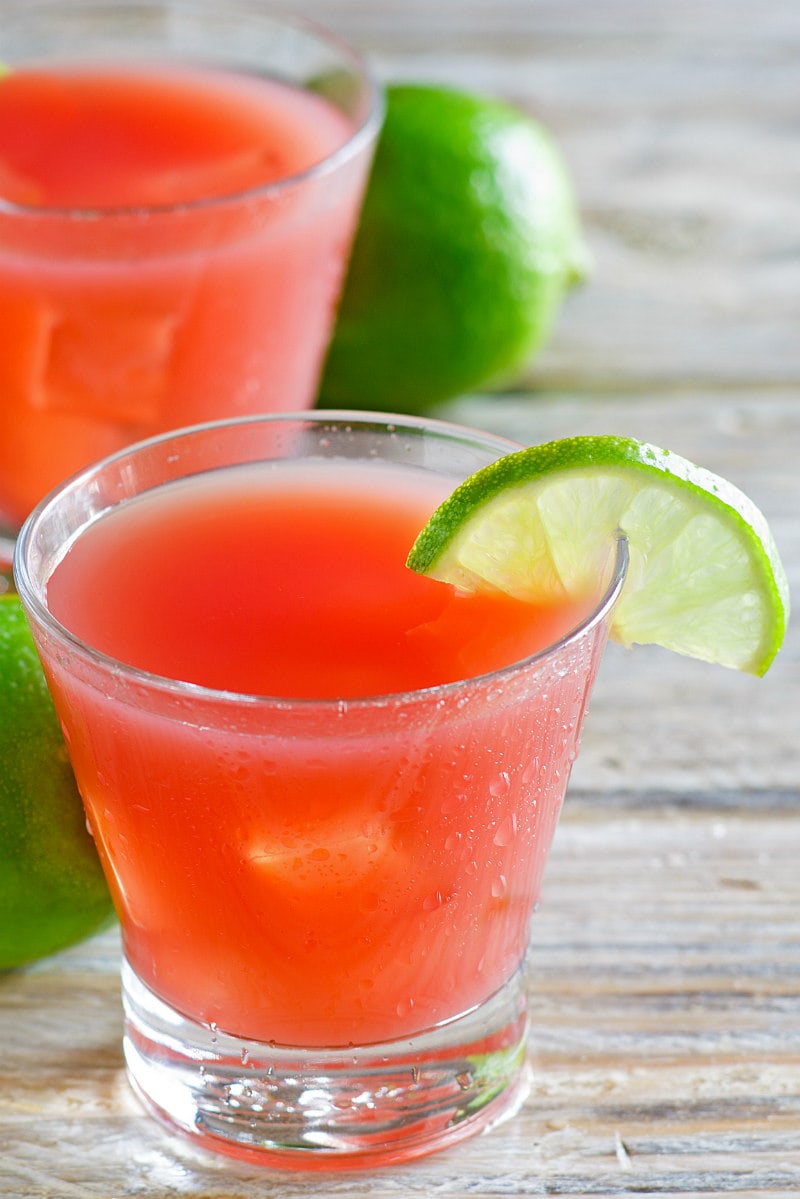

The Sea Breeze is a great choice for those looking for something light and refreshing, as it contains no added sugar or syrup. Add 12oz (1.5 cups) of vodka, 32 oz (4 cups) of cranberry juice, and 12oz (1.5 cups) of pineapple juice to a 60oz pitcher and stir to combine. The cocktail is commonly attributed to George Freeborn, a bartender in the 1920s who is said to have worked at the Brown Derby Restaurant in Hollywood. The Sea Breeze has been around since the 1970s. Things to know about the Sea Breeze Cocktail Add vodka, cranberry juice, grapefruit juice & a splash of lime juice. Beyond the base spirit, apricot brandy and juice swap, the Sea Breeze Cooler is most notable for what it doesn’t include: cranberry juice.The balance of sweet and tart flavors makes this drink a delicious and pleasant taste experience - much like a fresh breeze from the coast. It contains a combination of cranberry and grapefruit juice, as well as vodka and a splash of lime juice. The Sea Breeze cocktail is perfect for a summer day. The Bay Breeze uses pineapple juice instead of grapefruit. In November 1959, a bunch of berries in the Pacific Northwest were found to contain traces of the herbicide aminotriazole, basically a bog weed killer that caused cancer in lab rats. Yup, cranberries were once controversial. It’s perfect for casual cocktail parties and its electric pink makes for a show-stopping wedding cocktail. The Bay Breeze, Cape Codder, and Greyhound are all variations of the vodka Sea Breeze cocktail recipe. Some have speculated that the Sea Breeze can actually be pinned to the post-cranberry panic of the 1960s. The Sea Breeze is most at home during summer and preferably near a body of water, but that doesn’t mean it can’t shine anywhere. For a sweeter version, use cranberry cocktail juice. For a more tart/less sweet version, use 100 cranberry juice. That’s because the vodka-and-cranberry rendition likely came about due to some clever marketing by Ocean Spray in the 1960s, when the brand began publishing recipe booklets to promote using cranberries in more foods and drinks. Serve over ice in the glass (not in the pitcher like I did because it looks better in photos). Beyond the base spirit, apricot brandy and juice swap, the Sea Breeze Cooler is most notable for what it doesn’t include: cranberry juice. Garnish with a lime wheel and maraschino cherry if desired. Add 12oz (1.5 cups) of vodka, 32 oz (4 cups) of cranberry juice, and 12oz (1.5 cups) of pineapple juice to a 60oz pitcher and stir to combine. Step 2: Now, squeeze the water from the white bread. Add 1 ounces vodka followed by 3 ounces cranberry juice and 2 ounces grapefruit juice. In a bowl, pour some water and soak the white bread for about 3-4 minutes. You might also like: A Tropical Mango Gin Cocktail. Method of Preparing the Seabreeze Tampa Bay Crab Step by Step: Step 1: Remove the crusts from the loaves of bread by slicing the crusts off. And the Greyhound uses vodka or gin and loses the cranberry juice entirely. The Cape Codder is a simple 2-ingredient mix of vodka and cranberry juice. The Bay Breeze, Cape Codder, and Greyhound are all variations of the vodka Sea Breeze cocktail recipe. You might also like: 12 Best Fruity Cocktails Variations

It’s a quintessential beach cocktail that will never go out of style. It’s a must-try cocktail and while it’s spawned many famous variations, only the Sea Breeze has made it onto the International Bartenders Association list. Skip forward a few decades and the Sea Breeze is still doing its refreshing thing. The cocktail gained traction over time and by the 1980s, the era of loud colors and even louder mullets, the Sea Breeze found its niche. In the 1960s, Ocean Spray, a cranberry fruit company, distributed recipe booklets that featured their cranberry juice version of the Sea Breeze. It featured a different line-up of ingredients than the 1980s version, but it’s widely accepted that this was the precursor to today’s Sea Breeze cocktail recipe. The first cocktail bearing the Sea Breeze name appeared in The Savoy Cocktail Book from the 1930s.


 0 kommentar(er)
0 kommentar(er)
